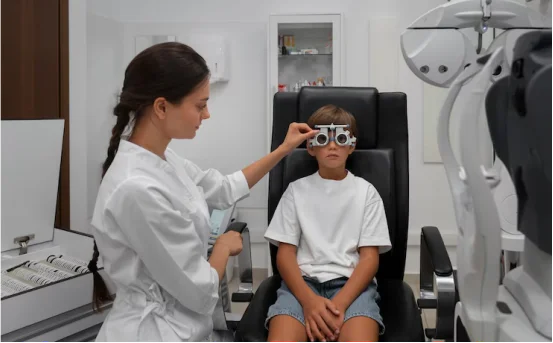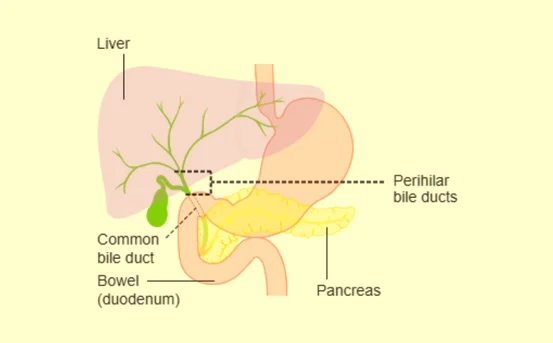Introduction
Plastic and reconstructive surgery is not solely about aesthetic enhancements it plays a vital role in restoring function, correcting deformities, and improving quality of life. People often associate this surgical field with cosmetic alterations, but many patients undergo such procedures due to medical symptoms or conditions that interfere with daily life or emotional well-being.
Recognizing symptoms that may require plastic and reconstructive surgical intervention is important for early diagnosis and appropriate treatment. These symptoms can arise from congenital anomalies, trauma, infections, tumors, burns, or degenerative conditions. When these signs begin to affect physical function, appearance, or psychological health, surgery may be the most effective option. Here are some key symptoms for plastic and reconstructive surgery.
Symptoms for Plastic and Reconstructive Surgery
- Non-Healing Wounds or Chronic Ulcers :- Chronic wounds that do not heal over weeks or months despite standard treatment can signal the need for surgical intervention. These may include pressure sores, diabetic foot ulcers, radiation injuries, or complex post-surgical wounds. When the body cannot regenerate healthy tissue due to poor circulation, infection, or underlying disease, reconstructive surgery like skin grafting or flap procedures can promote healing. Left untreated, such wounds can lead to infection, tissue necrosis, or amputation.
- Facial or Body Deformities Present from Birth :- Congenital deformities, such as cleft lip and palate, craniosynostosis, hemifacial microsomia, or syndactyly (fused fingers), may present at birth or during early childhood. These conditions affect physical function, speech, feeding, and appearance. Early symptoms may include difficulty in breathing, feeding problems, speech delay, asymmetrical facial features, or hand deformities. Plastic and reconstructive surgery aims to correct these defects, often through staged operations over time.
- Functional Limitations After Injury :- Accidents involving the face, hands, limbs, or chest can result in severe functional and aesthetic damage. Symptoms that follow trauma like limited movement, facial disfigurement, drooping eyelids, or nasal collapse—may require surgical correction. Common trauma-related indicators include deep facial lacerations, complex fractures, nerve damage, or extensive soft tissue loss. Reconstructive surgery can restore normal anatomy and function, often using bone fixation, tissue flaps, or microsurgery.
- Scars That Restrict Movement :- Not all scars are superficial. Hypertrophic scars, keloids, or contractures (especially after burns) can limit mobility, cause pain, and significantly impact self-esteem. Symptoms may include tightening of the skin over joints, itching, raised thick tissue, or disfiguring marks on visible areas such as the face or neck. Scar revision, Z-plasty, laser treatments, or skin grafts are commonly used to improve appearance and function.
- Asymmetrical Body Features :- Some individuals develop noticeable asymmetry or disproportions in body features that lead to both physical and psychological distress. Examples include breast asymmetry, gynecomastia (male breast enlargement), or congenital ear deformities. These symptoms may not always be medically dangerous but can affect confidence, posture, clothing fit, and social interactions. Plastic surgery offers various correction options including breast reduction, implants, or ear reconstruction to address these concerns.
- Drooping Eyelids :- Ptosis (drooping of the upper eyelids) or excess eyelid skin (dermatochalasis) can affect a person’s visual field and appearance. People may experience symptoms like blurred vision, headaches from eye strain, or difficulty keeping eyes open. These changes often become more noticeable with age but can also result from nerve or muscle disorders. Eyelid surgery, or blepharoplasty, can remove excess tissue, improve vision, and rejuvenate the appearance.
- Nasal Obstruction :- Difficulty breathing through the nose, frequent nasal congestion, snoring, or sinus infections may be signs of internal nasal deformities like a deviated septum or collapsed nasal valve. In such cases, rhinoplasty isn’t only cosmetic it becomes a functional reconstructive surgery to restore airflow and nasal structure. Patients often report improvements in sleep quality and daytime breathing after surgery.
- Tissue Loss After Tumor Removal :- When cancer requires removal of skin, bone, or internal organs, it can leave behind significant tissue deficits. Common examples include mastectomy (breast removal), head and neck cancer resections, or soft tissue sarcoma excisions. Patients may experience symptoms such as disfigurement, speech or swallowing difficulty, or missing tissue. Reconstructive techniques like breast reconstruction, jaw rebuilding, or flap surgery are vital in restoring normalcy and self-image.
- Eating Problems Due to Jaw or Facial Structure :- Misalignment of the jaw, cleft palate, or facial bone deformities can interfere with breathing, chewing, or speaking. Symptoms may include sleep apnea, frequent choking, jaw pain, or malocclusion (bad bite). Orthognathic (jaw) surgery, cleft repair, or facial skeletal reconstruction are performed to correct the anatomy, improve function, and enhance facial harmony.
- Emotional Distress Due to Physical Appearance :- While not a physical symptom, psychological distress related to one’s appearance can have profound health impacts. Low self-esteem, social withdrawal, anxiety, or depression linked to scars, deformities, or disproportional features may indicate the need for surgical intervention. Plastic surgery in such cases can offer relief and empowerment. Common examples include correcting facial asymmetry, treating prominent ears, or repairing damage from previous injuries. Counseling is often paired with surgical planning to ensure emotional readiness.
- Sagging or Excess Skin After Massive Weight Loss :- Patients who undergo bariatric surgery or significant weight loss may face new challenges due to loose, hanging skin. Symptoms include skin irritation, fungal infections in folds, hygiene issues, or body image concerns. Body contouring surgery, such as abdominoplasty, arm lift, or thigh lift, can remove excess skin and reshape the body, improving comfort and appearance.
- Hand Dysfunction or Nerve Compression :- Conditions such as carpal tunnel syndrome, trigger finger, Dupuytren’s contracture, or congenital hand deformities can present symptoms including numbness, weakness, or impaired movement. These symptoms often affect daily tasks like writing, gripping, or buttoning clothes. Reconstructive hand surgery can relieve nerve pressure, release tendons, or correct anatomical defects to restore hand function.
Conclusion
Symptoms that lead to plastic and reconstructive surgery are not always cosmetic they are often functional, congenital, or trauma-related. Whether it’s a child born with a cleft lip, a patient with burns and contractures, or someone suffering from nasal obstruction, these signs indicate real health needs that extend far beyond aesthetics. Early recognition and timely surgical intervention can transform lives not only by restoring appearance but by enabling essential functions like breathing, eating, speaking, and movement. As surgical techniques evolve and awareness increases, more people can benefit from plastic and reconstructive surgery as a legitimate and life-changing form of treatment.























